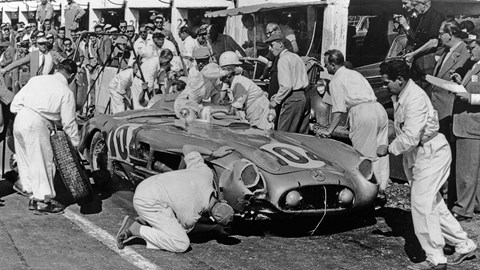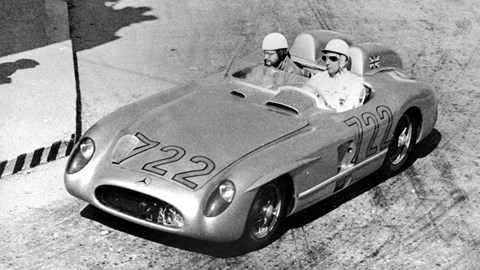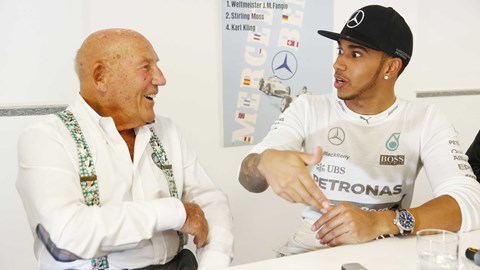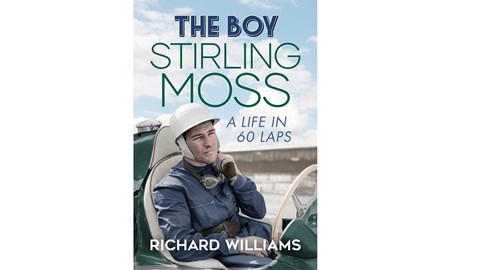► Review of new Stirling Moss biography
► Expert analysis of his highs and lows
► Insights into the man behind the legend
Plenty of people have never won the Formula 1 world championship, but few have done so well out of not quite managing to claim the sport’s biggest crown. Stirling Moss, who died a year ago (on 12 April 2020), was that great rarity: a sportsman who was a household name well beyond followers of his sport. There’s no denying that his racing career was great, but how he conducted himself in his retirement from top-flight racing, following a horrendous crash in 1962, was itself a glittering and well sustained post-career career.

Titled after Moss’s nickname, The Boy is not a conventional biography, and although it’s broadly chronological it avoids the race-by-race approach. Instead, it offers 60 short chapters, each focusing on one incident, one person, one car or one aspect of Moss’s personality. This proves to be a fresh way of telling a story that’s been told many times before.
We are in very safe hands with Richard Williams, author of several excellent motorsport books, some of which have already covered certain episodes from Moss’s life, but there’s never any sense of copy-and-paste haste about this latest volume. Williams is, as ever, great at juggling the big picture and the tiny detail – helped by the fact that he met Moss, first as fan and later as journalist.
Moss came from a sporty, competitive family, but not a particularly wealthy one. His parents both competed in motorsport, as later did his sister Pat with great success. Stirling’s racing career began in 1947, a time when the nation was ready for something new and bright. He was more than happy to provide that tonic, and turned professional as soon as he could.

Like Roger Bannister on the running track and Stanley Matthews on the football pitch, Stirling Moss in a racing car looked like a winner. He was versatile, too, enjoying success in many disciplines, as was normal in those days: hillclimbs, rallies, speed-record runs, sports cars, single seaters.
He was F1 championship runner-up in four successive years, the title eluding him for various reasons: his perhaps unwise preference for driving British cars whenever possible; his sense of fair play; his failure to cash in on Enzo Ferrari’s admiration for his skill; and of course the fact that there were plenty of other very talented drivers around at the same time.
He was phenomenally good at public-road races, from Dundrod and the Isle of Man to the Mille Miglia, where with navigator Denis Jenkinson he did a 992-mile lap of Italy in just over 10 hours in 1955.

Moss lived the life of a jetsetting playboy – indeed, to an extent he invented the role: waterskiing in the Caribbean, designing his own sci-fi apartment, and having a rather Austin Powers approach to ‘crumpet’.
Once he accepted that his F1 career was over, he threw himself into race commentary and team management, plus a lot of property deals. And he was never a tax exile, preferring to stay in Mayfair, buzzing around town in Minis and on scooters, favouring a Renault Twizy late in life.
He lived a great life, and a long one. He was superb in a car, and a highly effective ambassador for the sport, but also great at being Stirling Moss.

The Boy – Stirling Moss: A Life in 60 Laps
By Richard Williams
Published by Simon & Schuster
£20 hardback